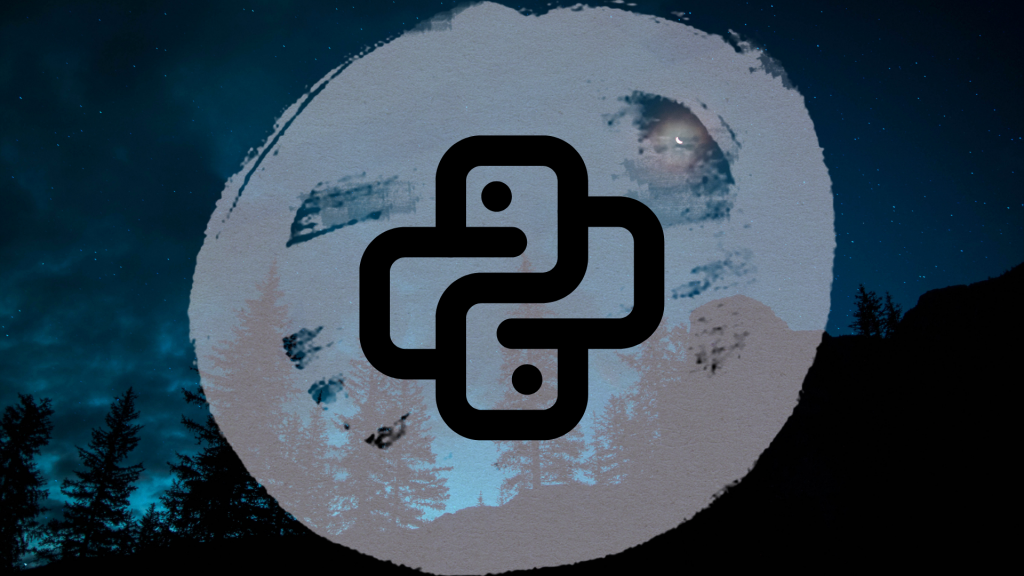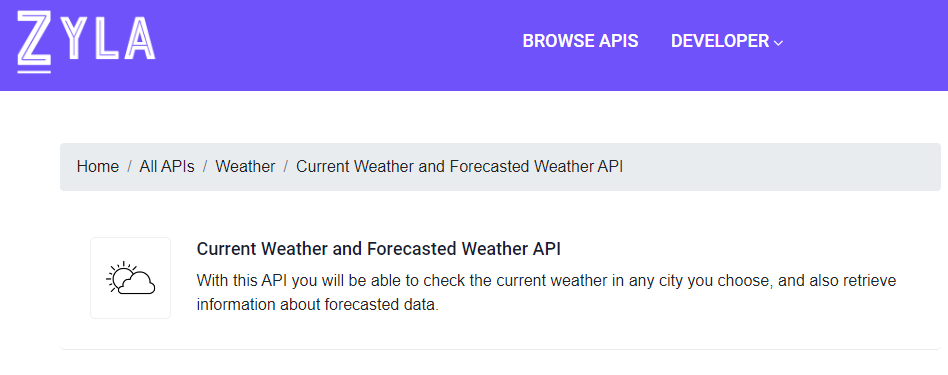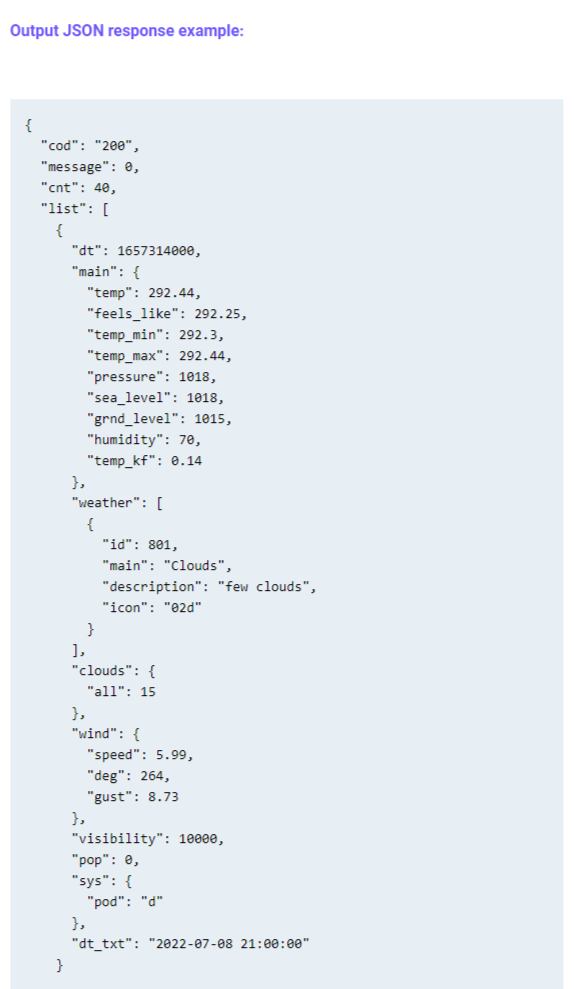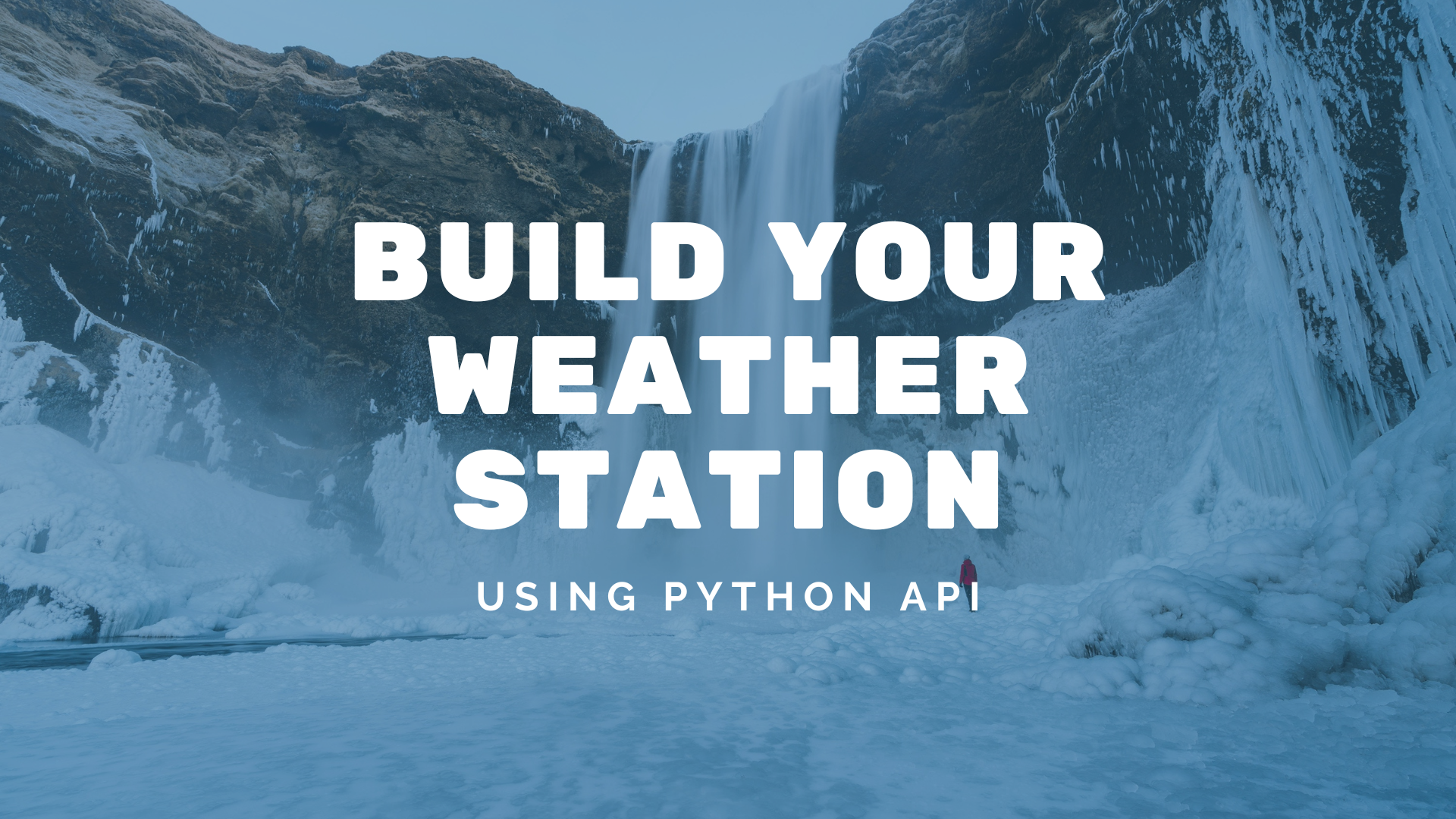You Can Build Your Own Weather Station Using Python API! In this post, we’ll go over some of the basics you need to know before you start.
First, a basic but necessary question:
What is Weather?
The weather is the condition of the atmosphere at a particular place over a short period of time. In other words, weather is what is happening in the sky at any given moment. Weather includes clouds; wind; lightning; tornadoes; rain; hail; snow; and lots more.
Weather stations around the world measure different parts of the weather. Scientists identify 5 main parts of the weather: Temperature; pressure; wind; humidity; and precipitation.
Energy from the Sun affects the weather. Weather happens when different parts of the Earth get different amounts of heat from the Sun. This creates differences in the temperature; air pressure; wind; humidity; and precipitation causing weather on Earth.
Moving on, another important aspect of this project is python. So, now we are going to answer:
What is Python?
In technical terms, Python is a high-level object-oriented programming language, with built-in dynamic semantics, mostly used for web and computer application development.
Python is relatively simple, therefore easy to learn, requiring a unique syntax that focuses on readability. Developers can read and translate Python code much more easily than other languages.
Also, Python supports the use of modules and packs, which means that programs can be designed in a modular style; and that the code can be reused in several projects. Once the module or pack has been developed, it can be scaled for use on other projects, and it’s easy to import or export.

Additionally, one of Python’s most important benefits is that both the standard library and the interpreter are available for free, both in binary and source form.
On the other hand, there’s no exclusivity, since Python and all of the necessary tools are available on all of the primary platforms. Therefore, it’s a multiplatform option, very tempting for developers that don’t want to worry about paying high development costs.
Definitely, Python is a relatively easy-to-use programming language, and the necessary tools are available without cost for all. This makes it accessible to almost everybody. And if you have the time to learn it, you’ll be able to create all of those projects you have been thinking of, like the weather station.
Last but not least, you need to know what is the ideal Weather API for you to Build Your Own Weather Station. And we have the answer for you right here: Current Weather and Forecasted Weather API.
Build Your Own Weather Station Using Current Weather and Forecasted Weather API
Current Weather and Forecasted Weather API is a weather API. This means that it is an interface that allows an application to request weather data from another program that communicates said weather data from an expansive database.
Current Weather and Forecasted Weather API is popular for its great weather forecasting capabilities as well as how easy it is to integrate into your code.

This API’s data endpoints are current weather, 5-day forecasted weather, and 16-day forecasted weather. And the weather data provided is comprised of humidity; visibility; temperatures; wind conditions; sea levels; and much more.
Also, the Current Weather and Forecasted Weather API allows querying by city names, zip codes, and coordinates from all around the world. Therefore, you’re not limited to a single place for your weather station.
And, since it has worldwide capabilities you’ll find that this API supports more than 15 spoken languages; and lets you select if you want the temperature in Kelvin, Celsius, or Fahrenheit degrees. Furthermore, you can choose whether you want to use the imperial or metric system.
It’s very easy to install. All you need to do is sign up to the Zyla Labs API Marketplace; afterward, sign up for the Current Weather and Forecasted Weather API; then you’ll get a unique access key that you can easily code right into your program. Plus, you can receive the data in JSON, XML, or HTML.


